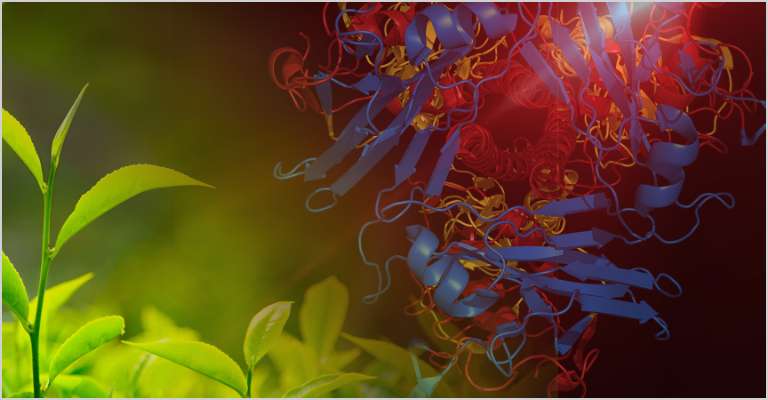
Better materials for human and planet health
At the Biodesign Institute, experts are reimagining the building blocks that make up our daily life. When plastic pollution is at an all-time high, experts are engineering alternative methods for greener manufacturing and designing next-generation materials with end-of-life in mind. Meanwhile, researchers are also emulating systems found in nature to address complex human challenges and transforming the design of biomaterials to revolutionize health care.
Frequently asked questions
A biomaterial is any material that interacts with a biological system. It can be synthetically or naturally derived, and it is engineered for environmental or biomedical use. Typically, biomaterials are made of metals, ceramic, glass, plastic or even living cells and tissue. They play a crucial role in fields like regenerative medicine.
Regenerative medicine, which includes practices like stem cell treatments and tissue engineering, is the process of regenerating human or animal cells, tissues or organs to restore function lost due to aging or disease. It is focused on developing novel therapies to assist the body in repairing itself.
Biomimicry is the emulation of materials, systems or processes found in nature, or the use of existing biological materials for a new purpose. This can be done by imitating the form or function of nature, imitating natural processes or imitating natural systems. Research in this field addresses complex human challenges in health care, national security and energy.
Efforts underway
At Biodesign, scientists are creating innovative biomaterials and using them to improve human and environmental health.
Advancing sustainability
Our researchers are combining the concepts of green chemistry and sustainable engineering to design sustainable plastics as well as environmentally friendly processes to manufacture plastics. Our goal is to maintain the positive impacts of plastics on our lives while developing newer materials that generate less plastic waste and consume less energy.
The world produces over 380 million tons of plastic each year. Advances in plastics manufacturing will reduce this volume with novel product designs of foams, lattices and aerogels.
Revolutionary solutions
Other scientists are focused on transforming the design, discovery and engineering of biomaterials to create diverse and revolutionary solutions to complex medical challenges. For example, researchers are using knowledge of the immune system and tissues to improve implantable devices and moderate immune responses with positive health outcomes.
Leveraging machine learning
Our experts also build biomimetic materials to support a variety of materials ranging from the size of an angstrom, which is one millionth of a centimeter, to the macroscale, which is a millimeter and larger in size. Researchers are using machine learning to model and study the assembly of RNA and DNA molecules as well as peptide and protein hybrid materials. We also use machine learning to engineer programmable structures and materials. These molecules have many applications that include regenerative medicine, targeted drug delivery and new vaccine design.
Additionally, modeling the economic performance and environmental impact of the materials and processes we develop boosts the likelihood of success and accelerates our innovation timeline.
380 million tons
The world produces over 380 million tons of plastic each year. Advances in plastic manufacturing will reduce this volume with novel product designs of foams, lattices and aerogels.
Latest news on materials
Related experts

Kaushal Rege
Center Director and Professor, Biodesign Center for Biomaterials Innovation and Translation

Timothy Long
Center Director and Professor, Biodesign Center for Sustainable Macromolecular Materials and Manufacturing
Related centers

Biodesign Center for Sustainable Macromolecular Materials and Manufacturing
Biodesign Center for Molecular Design and Biomimetics

Biodesign Center for Applied Structural Discovery
Related facilities
Support materials research
Support research on materials by making a donation.


